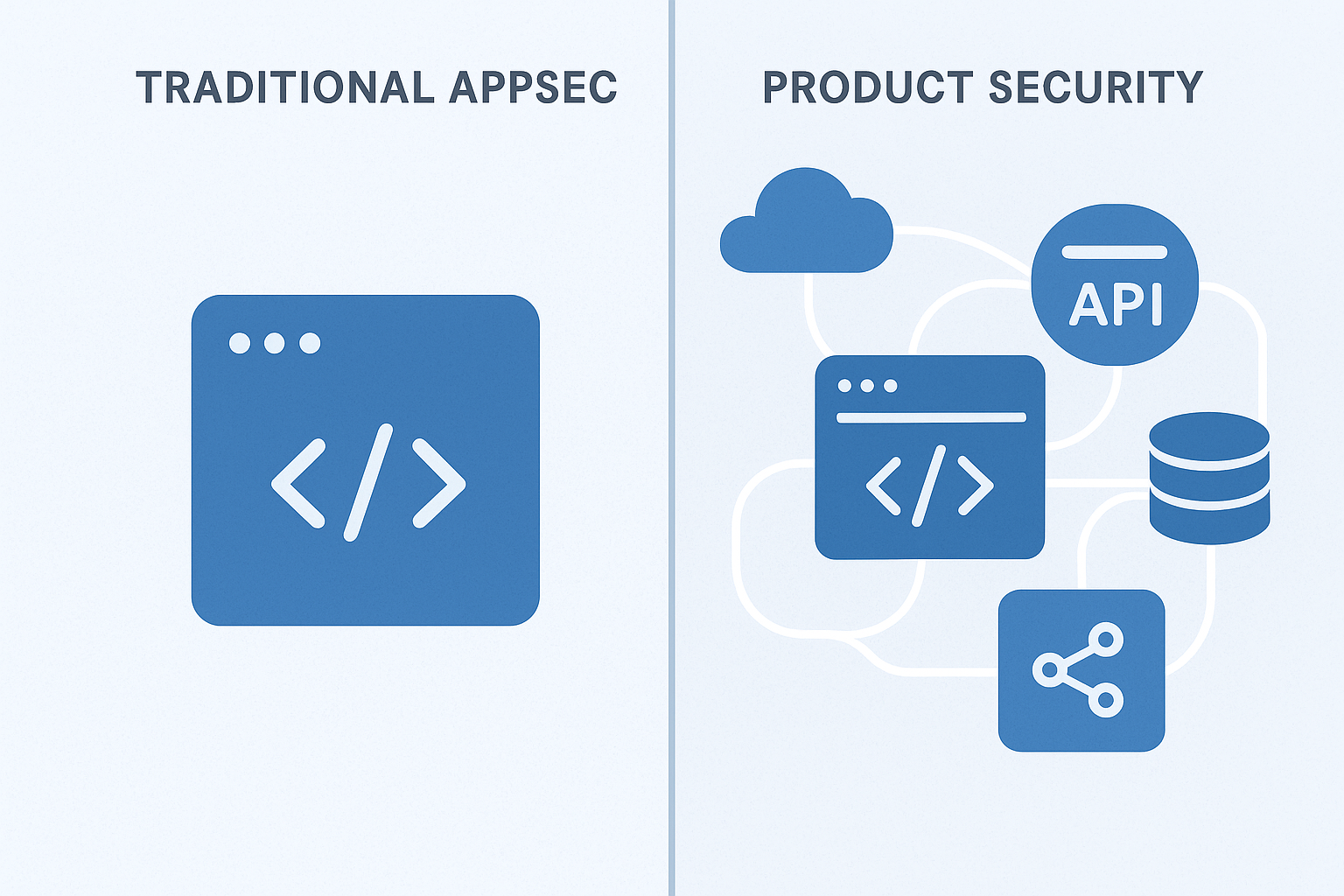· Appaxon Team · insights · 3 min read
What is Product Red Teaming?
Product red teaming is a specialized form of adversarial testing that focuses specifically on simulating real-world attacks against an organization's software products and their entire ecosystem.

Red teaming, in general, is an advanced cybersecurity exercise where a team of skilled security professionals, known as the “red team,” simulates real-world adversarial attacks against an organization’s entire security infrastructure, including products, personnel, and physical systems. Unlike traditional penetration testing that focuses on identifying specific vulnerabilities, red teaming takes a more holistic approach by emulating the tactics, techniques, and procedures (TTPs) used by actual threat actors, such as advanced persistent threat (APT) groups. The red team operates with specific objectives—such as accessing sensitive data, compromising critical systems, or demonstrating business impact—while remaining undetected for as long as possible.
Product Red Teaming: A Specialized Approach
Product red teaming is a specialized form of adversarial testing that focuses specifically on simulating real-world attacks against an organization’s software products and their entire ecosystem, rather than the broader organizational infrastructure. This approach combines traditional red teaming methodologies with product security principles to test not just the application code itself, but the complete product lifecycle including development processes, CI/CD pipelines, supply chain dependencies, cloud infrastructure, APIs, and third-party integrations.
Product red teams act as sophisticated adversaries who target the product from multiple angles, attempting to compromise it through any available attack vector that could impact product security, user data, or business operations.
The Product Red Teaming Process
The product red teaming process involves simulating attacks that specifically target product-related assets and processes, such as:
- Supply Chain Compromise - targeting the software supply chain
- CI/CD Pipeline Exploitation - exploiting development and deployment vulnerabilities
- API Abuse - manipulating API endpoints and integrations
- Dependency Manipulation - exploiting third-party dependencies
- Cloud Infrastructure Attacks - exploiting misconfigurations in product infrastructure
- Social Engineering - targeting development teams
- Code Injection - attempting to inject malicious code into the development process
- Trust Relationship Exploitation - abusing trust between the product and its integrations
Unlike traditional application penetration testing that focuses on finding individual vulnerabilities, product red teams conduct sustained campaigns that mirror how real attackers would target modern software products—moving laterally through interconnected systems, escalating privileges across different environments, and potentially maintaining persistence within the product ecosystem.
Comprehensive Risk Assessment
Product red teaming provides organizations with a comprehensive understanding of their product security posture from an adversary’s perspective, revealing risks that traditional security testing might miss. It validates the effectiveness of product security controls under realistic attack scenarios, tests incident response capabilities specific to product compromises, and identifies weaknesses in the complex web of dependencies that make up modern software products.
This approach is particularly valuable for organizations developing software products that handle sensitive data, serve critical business functions, or face sophisticated threat actors, as it provides the most realistic assessment of how their products could be compromised and what the business impact would be. The insights gained help product security teams prioritize remediation efforts and build more resilient security architectures that can withstand real-world attacks.




